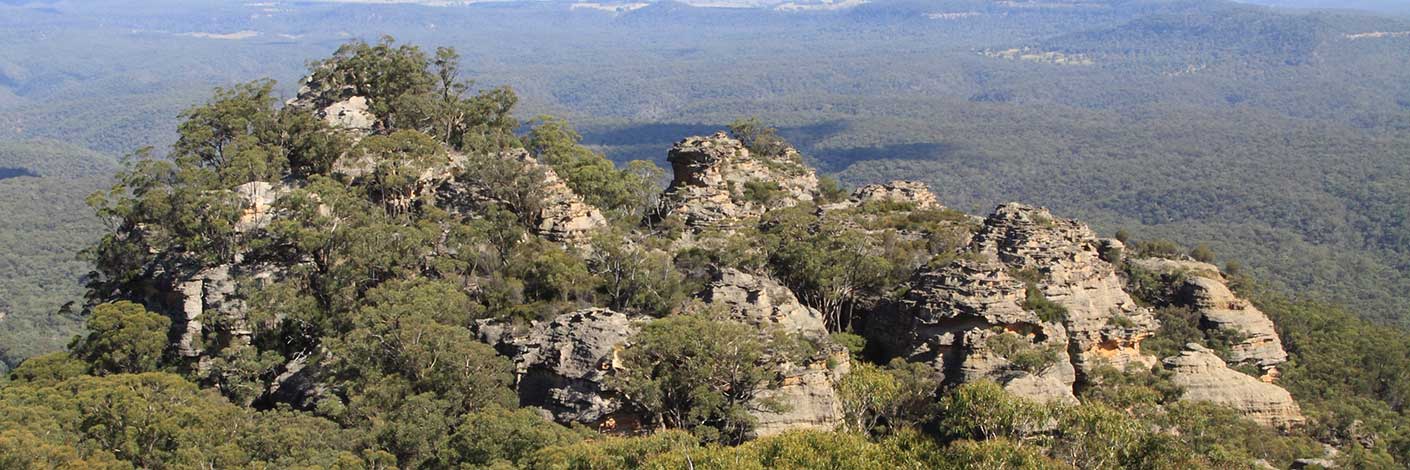Frequently Asked Questions
Yes, you most certainly can. One of the many reasons for adding these names is to compile the most accurate listing of place names in this area. Please use the the contact form at the top right hand side of the web page and include as much information as possible.
There are 3 ways you can use the Enclyclopaedia.
- List View
- List View lists Place Names and their Descriptions. It may show 1 photo. Clicking the Read More button will display the Detail View for that Place Name.
You can scroll right through the Encyclopaedia just using your mouse. - Detail View
- The Detail View displays all information known about a Place Name.
- Search
- You can search the Encyclopaedia by Keyword, Map Name, Place Name, Location, Conservation Status. Search Results will be displayed as a List View, filtered by your query.
The map coordinates are displayed in WGS84. This is the World Geodetic System, adopted in 1984.
All current 1:25000 topographical maps have a one kilometer grid across the map which than be expressed as Eastings and Northings. Most place names have 6 figures which round off to the nearest 100 metres.
Latitude and Longitude is primarily used for air navigation. Eastings and Northings are used by the Bushwalker.
The side bar on the topo map will explain more fully.
The area of detailed exploration and research encompasses the gazetted Gardens of Stone National Park, the northern part of the Blue Mountains National Park and the western side of the Wollemi National Park. This area is so vast that nine topographical 1:25000 maps are required. Between the three of us more than 3000 bushwalks have been undertaken and still there is more to explore.
For more information, read the Background Notes.
The Bush Explorers are 3 active Bushwalkers who are recording their discoveries and adventures in rarely visited parts of the Australian Bush.
A * beside a Place Name implies the name is assigned by the Geographic Names Board of NSW

